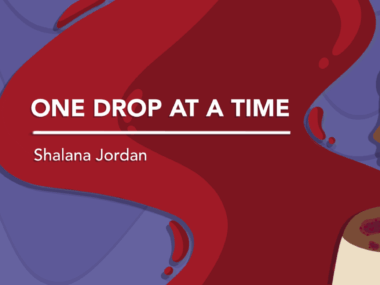1st BTK inhibitor rilzabrutinib, now Wayrilz, approved in US for ITP
The therapy was approved by UAE in June, and is being reviewed in EU, China
Written by |

Note: This story was updated Sept. 2, 2025, to clarify the definition of a durable platelet response used in LUNA 3.
The U.S. Food and Drug Administration (FDA) has approved Sanofi’s rilzabrutinib to treat adults with persistent or chronic immune thrombocytopenia (ITP) who haven’t responded well to previous treatments.
With the approval, rilzabrutinib — now Wayrilz — becomes the first Bruton’s tyrosine kinase (BTK) inhibitor available for ITP. The oral therapy was approved for a similar indication in the United Arab Emirates in June and is still under regulatory review in the European Union and China.
“With its differentiated mechanism of action, Wayrilz has the potential to become a treatment of choice for immune thrombocytopenia patients who have not responded to a prior therapy,” Brian Foard, executive vice president, head of specialty care at Sanofi, said in a company press release. “This approval underscores Sanofi’s expertise and ambitions at the junction of rare and immunological disease.”
Wayrilz’s approval was also welcomed by the ITP community.
“The burden of immune thrombocytopenia can be both physical and emotional with significant overlooked symptoms that can impact various aspects of daily living,” said Caroline Kruse, president and CEO at the Platelet Disorder Support Association. “We are pleased to have a new treatment option that can help ease the ongoing strain of managing the disease for patients and their families.”
In ITP, the immune system produces self-reactive antibodies that mistakenly attack the cell fragments, called platelets, that help blood to clot, leading to their premature destruction. As a result, people with ITP may experience easy bruising and prolonged bleeding.
How is Wayrilz different at treating ITP?
Wayrilz works by inhibiting BTK, an enzyme needed for certain immune cells to develop and function well. These include B-cells, which are responsible for producing antibodies, including the self-reactive ones involved in ITP, along with macrophages, which drive platelet destruction in people with the disease. By doing this, the therapy should keep platelets from being destroyed in ITP, directly addressing the disease’s root causes by targeting different pathways across the immune system.
“Traditionally, immune thrombocytopenia management has focused on restoring platelet counts and reducing bleeding risk, which for some patients may result in suboptimal responses, persistent symptoms, or unacceptable treatment complications,” said David Kuter, MD, director of clinical hematology at Massachusetts General Hospital and professor of medicine at Harvard Medical School. “Through multi-immune modulation, Wayrilz can offer a new option for patients, including those who fail steroids or do not respond to existing treatment.”
The therapy’s approval draws on data from LUNA 3 (NCT04562766), a Phase 3 clinical study that tested it at 400 mg two times a day against a placebo in 202 adults who’d been diagnosed with ITP for more than three months and had either not responded well to standard treatments or couldn’t tolerate them.
After being randomly assigned to Wayrilz or a placebo for up to 24 weeks, or about six months, all the patients received 28 weeks of open-label treatment with Wayrilz. This was followed by a four-week safety follow-up or a long-term extension period that lasted up to a year.
About two-thirds (65%) of those treated with Wayrilz achieved platelet counts of either at least 50 billion platelets per liter, or at least 30 billion platelets per liter, having doubled from the study’s start, compared with a 33% of those on a placebo. Those taking Wayrilz achieved this threshold in a median of 36 days.
The study met its main goal, with 23% of patients treated with Wayrilz achieving a durable response, meaning the threshold of at least 50 billion platelets per liter was met for at least two-thirds of at least eight non-missing weekly platelet measurements in the last 12 weeks of the initial 24-week blinded treatment period in the absence of rescue treatment. None of those on a placebo achieved this. Wayrilz also reduced the need for rescue medications by 52% and led to improvements in health-related quality of life.
The most common side effects reported included diarrhea, nausea, headache, abdominal pain, and COVID-19.
Sanofi will continue assessing how safe the therapy is and how well it works for people with ITP who don’t respond to first-line treatments in a Phase 3 clinical study called LUNA 4 (NCT07007962).







